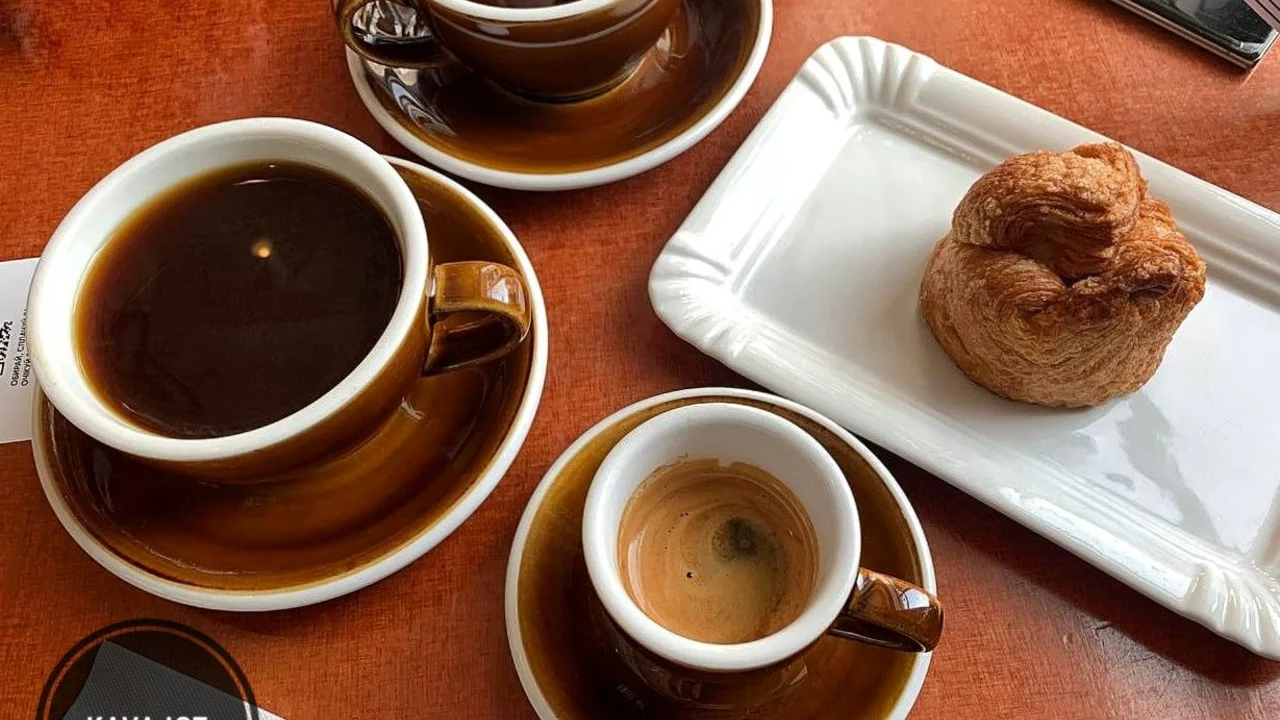Preparing Kava the Easy Way: Step‑by‑Step Guide
If you’ve ever wondered how to turn raw kava into that mellow, calming drink many Pacific islands swear by, you’re in the right spot. No fancy gear, no chemistry degree—just a few kitchen basics and clear instructions.
Choosing the Right Kava Root
The first decision is the root itself. Look for Kava kava (Piper methysticum) powder that’s labeled “noble” rather than “tudei.” Noble varieties give you a smooth, relaxed feeling while tudei can be harsher on the liver. If you buy whole roots, pick ones that are light brown, dry, and free of mold spots.
When you go for powder, aim for a fine texture—think sand rather than gritty flour. A finer grind extracts the active kavalactones more efficiently, so you’ll need less product for the same effect. Most reputable online stores list the kava’s potency in %kavalactones; start with a low‑potency batch if you’re new.
Mixing, Straining, and Serving
Here’s the core recipe: 1 tablespoon of noble kava powder per 8 oz of cold water. Use room‑temperature or slightly chilled water; hot water can break down some of the good compounds. Add the powder to a large bowl, pour in the water, and stir vigorously for about 5–7 minutes. The goal is to get a milky, opaque liquid—this signals that the kavalactones have been released.
Next comes straining. Traditional methods use a thin muslin cloth or a fine‑mesh nylon bag. Place the cloth over another container and pour the mixture through, squeezing gently to extract every drop. If you don’t have a cloth, a clean cotton T‑shirt works in a pinch. Avoid paper filters; they’ll trap too much of the active material.
Once strained, give the drink a quick taste test. Most people find the flavor earthy and slightly peppery—nothing sweet, but it’s not unbearable either. If the taste is too strong, dilute with a splash of coconut water or pineapple juice; just keep the extra liquids cold to preserve the calming effect.
When you’re ready to sip, start with a small amount—about ¼ cup (60 ml). Wait ten minutes before deciding if you need more. The effects usually peak in 20–30 minutes and can last up to two hours. Remember, kava is not a stimulant; it’s meant for relaxation, socializing, or winding down after a long day.
Safety tips: don’t mix kava with alcohol or other sedatives, and avoid driving while under its influence. If you have liver concerns, talk to a healthcare professional before using kava regularly. Also, give your body a break—most users take a day off each week to prevent any buildup.
Storing leftover kava is simple. Keep the strained liquid in a sealed glass bottle in the fridge; it stays good for up to 48 hours. If you have extra powder, store it in an airtight container away from heat and moisture.
That’s all there is to preparing kava at home—choose noble root, mix with cold water, strain well, and sip responsibly. With these basics you can enjoy a traditional calming drink without leaving your kitchen.
The Art of Kava: How to Choose, Prepare, and Enjoy this Ancient Relaxation Elixir
In my recent dive into the world of Kava, an ancient relaxation elixir, I've learned a lot about choosing the right variety, the preparation process, and the best ways to enjoy it. It's important to select high-quality Kava from reputable sources to ensure optimum benefits. Preparing Kava involves mixing it with water and straining, a simple process that enhances its calming effects. Drinking Kava is an experience in itself, most enjoyable in a peaceful environment. This age-old beverage can truly elevate your relaxation ritual.
